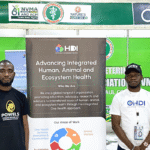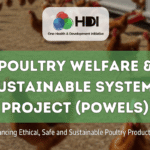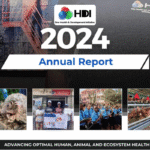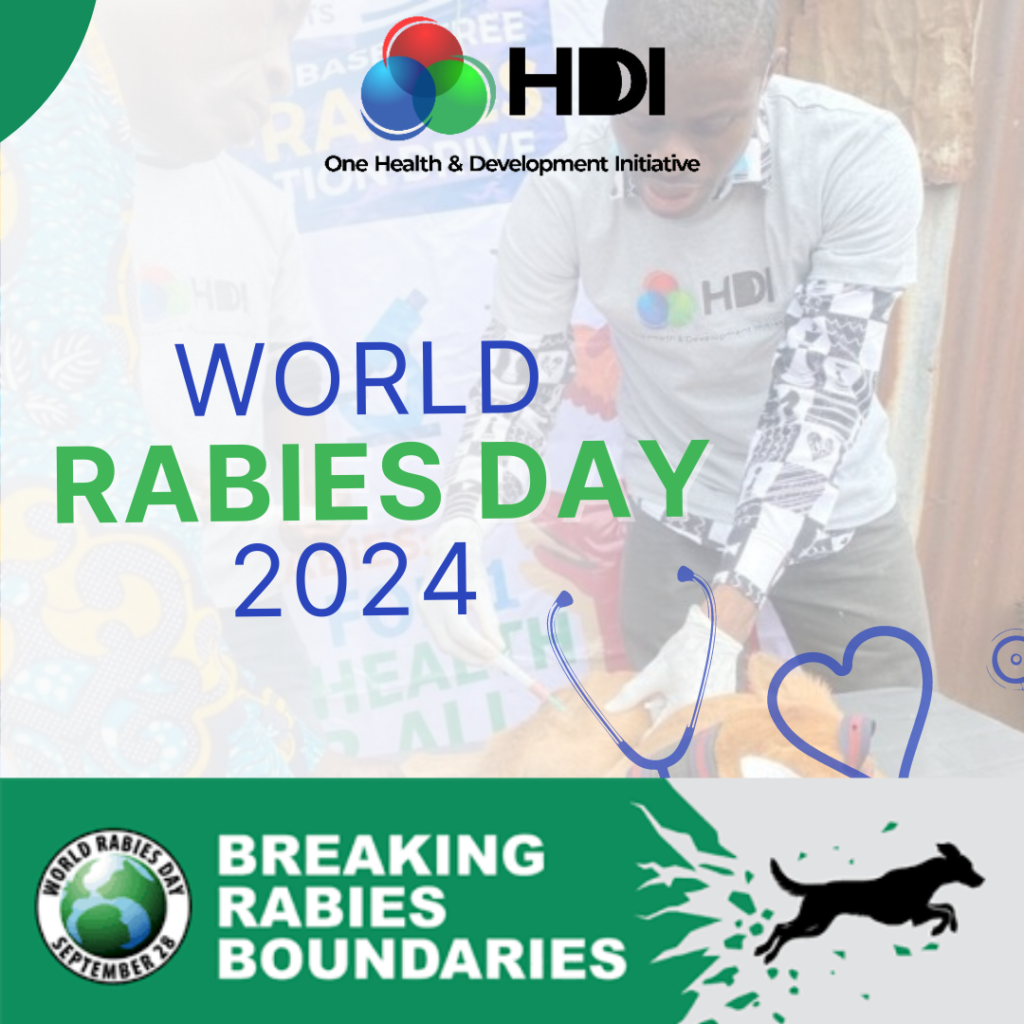
Despite being preventable through vaccination, rabies continues to be a major public health threat, especially in marginalised communities where access to vaccines is limited. The disease is widespread across the globe, with a high impact in developing regions like Asia and Africa and is responsible for an estimated 59,000 human deaths annually. The majority of cases originate from dog bites, and once clinical symptoms appear, rabies is almost always fatal. Recognising the significance of the disease, September 28 has been set aside to raise awareness about the disease and to promote efforts in its elimination.
About the disease
Rabies is a zoonotic disease, meaning that it can be transmitted from animals to humans. The disease is caused by a virus and is transmitted primarily through the saliva of infected animals, typically via bites or scratches. In most cases (99%), dogs are the source of human rabies transmission, particularly in regions where dog vaccination campaigns are inadequate. Rabies is one of the oldest and deadliest known zoonotic diseases, affecting humans and animals for more than 4000 years. Before the groundbreaking discovery of rabies vaccines by the French biologist, Louis Pasteur, rabies was considered a death sentence, as there were no effective treatments available. The development of vaccines has since transformed the prevention of the disease, especially in developed countries with access to enough vaccines.
Who are most affected?
Children under 15 years account for approximately 40% of human rabies cases. Also, people living in rural or impoverished areas with low dog vaccination rates and limited access to immediate medical treatment after exposure are greatly impacted by the disease. Others include communities in regions where stray and unvaccinated dog populations are high and people in occupations with high exposure to animals, such as veterinarians, wildlife rangers, and laboratory workers handling live rabies virus.
Prevention strategies include:
- Mass dog vaccination drive: This is the most effective strategy for stopping rabies at its source. Pet owners are urged to contact their licensed animal healthcare providers for the best and most effective vaccination strategy.
- Public awareness: Raising awareness about dog behaviour, bite prevention, responsible pet ownership, and what to do in case of exposure is key. People should be sensitised on the importance of avoiding contact with stray/unknown dogs.
- Pre-exposure treatment: Pre-exposure treatment (also known as pre-exposure prophylaxis) involves the vaccination of individuals, particularly those in high-risk regions and groups.
- Post-exposure treatment: Once bitten or scratched by an animal with the virus, prompt treatment administration, which includes immediate, thorough wound washing and vaccination, can prevent the virus from advancing to the brain. It is, therefore, necessary to contact one’s healthcare provider immediately after a dog bite.
Why is Rabies of One Health Significance?
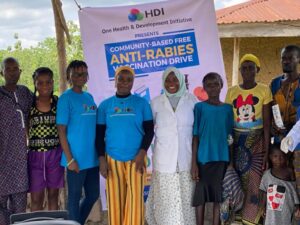
As you may know, One Health recognises that our health, that of animals, and the environment are interconnected. Rabies exemplifies this interconnectedness. The disease thrives in areas where human populations are in close contact with animals, particularly unvaccinated dogs. Therefore, through a One Health approach typified in our Project Eliminate Rabies, targeted at underserved communities, we can control rabies by vaccinating dogs, educating communities on safe animal handling, and ensuring access to post-exposure treatment.
Also, cross-sectoral collaboration across human, veterinary, and environmental health sectors is crucial for breaking the transmission cycle. The Zero by 30 initiative, a joint One Health strategy by the World Health Organization, Food and Agriculture Organization, World Organisation for Animal Health, and Global Alliance for Rabies Control, is providing a global framework to eliminate human deaths from dog-mediated rabies by 2030 through dog vaccination, public awareness, and improved access to human vaccines.
This World Rabies Day, let’s unite to break the boundaries of rabies by prioritising prevention through awareness and providing equitable access to vaccination.
References
Rabies | WHO | Regional Office for Africa. (2024, September 23). WHO | Regional Office for Africa. https://www.afro.who.int/health-topics/rabies
World Health Organization: WHO. (2024, June 5). Rabies. https://www.who.int/news-room/fact-sheets/detail/rabies
World Organisation for Animal Health. (2024, September 11). World Rabies Day 2024: Breaking Rabies Boundaries – WOAH. WOAH – World Organisation for Animal Health. https://www.woah.org/en/event/world-rabies-day-2024-breaking-rabies-boundaries/



